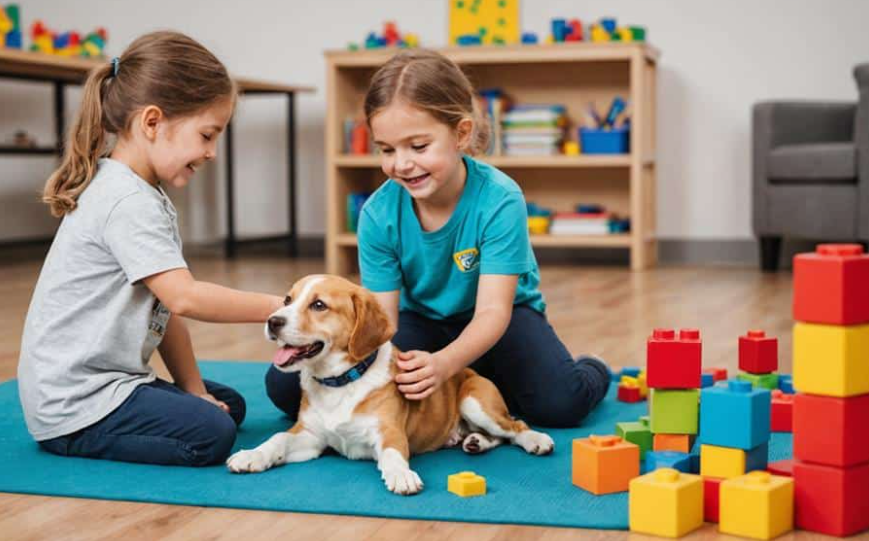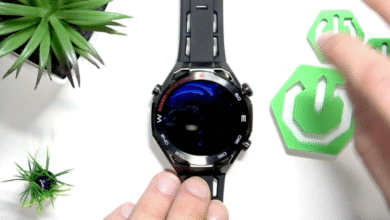Occupational therapy has long been recognized as a key approach for helping individuals develop essential life skills, improve coordination, and enhance emotional well-being. In recent years, the integration of animals into occupational therapy sessions has gained widespread attention for its remarkable benefits. Known as animal-assisted occupational therapy, this approach combines traditional therapeutic techniques with the natural comfort, motivation, and companionship that animals provide. The results often go beyond measurable progress—offering emotional balance, physical improvement, and an overall boost in quality of life.
Understanding Occupational Therapy with Animals
Occupational therapy focuses on helping individuals perform daily activities with greater ease and confidence. For children, it can involve developing motor skills, improving sensory processing, or learning self-care routines. For adults, it may include regaining mobility after injury, managing anxiety, or rebuilding independence. When animals are introduced into these sessions, they act as active participants, motivating clients and creating a positive, engaging environment.
Animals such as dogs, horses, rabbits, and even birds are commonly used in therapy. Each species offers unique benefits depending on the client’s goals. For example, grooming a horse can strengthen muscle coordination, while playing fetch with a dog can enhance balance and focus. Beyond the physical tasks, animals contribute to emotional healing by fostering trust, empathy, and communication.
Building Emotional Resilience and Stability
One of the most significant benefits of occupational therapy with animals is emotional growth. Animals have an extraordinary ability to connect with humans on a deep emotional level. Their unconditional affection and nonjudgmental presence create a sense of comfort and safety that encourages individuals to open up emotionally.
For children or adults who struggle with anxiety, trauma, or emotional regulation, working with an animal can ease fear and stress. The rhythmic act of petting an animal, for example, can lower blood pressure, slow the heart rate, and release calming hormones such as oxytocin and serotonin. This helps individuals relax, reducing the emotional barriers that often make therapy difficult.
Moreover, the relationship formed between the client and the animal promotes empathy, patience, and understanding. Many individuals who have difficulty expressing emotions or forming social bonds find it easier to communicate and engage through these interactions. Over time, this emotional connection can extend to improved relationships with peers, family members, and caregivers.
Encouraging Physical Growth and Coordination
Animals also play an important role in physical rehabilitation and development. Occupational therapists often design activities involving animals that strengthen muscle tone, balance, and motor control. For example, leading a horse around a paddock or grooming a dog requires coordination, movement, and focus—all vital components of physical growth.
These activities are often perceived as enjoyable rather than demanding exercises. Because the individual is focused on interacting with the animal rather than performing a “task,” physical therapy feels natural and less intimidating. This sense of play encourages longer participation and greater consistency, both of which are essential for meaningful progress.
Additionally, activities like brushing fur, feeding, or holding small animals can improve fine motor skills and hand-eye coordination. These skills are particularly important for children or individuals recovering from injury, as they directly impact the ability to perform everyday tasks such as writing, dressing, or using utensils.
Boosting Motivation and Engagement
Motivation is one of the most powerful elements in successful therapy. Many individuals—especially children—find traditional therapy sessions repetitive or challenging to stay engaged in. The presence of an animal instantly transforms the atmosphere, turning therapy into something fun and rewarding.
Animals provide immediate feedback and genuine reactions, which can be highly motivating. A dog wagging its tail after a completed task or a horse responding to gentle cues reinforces positive behavior and effort. This sense of accomplishment encourages individuals to continue practicing and pushing beyond perceived limits.
For children with attention or behavioral challenges, animals can help improve focus and patience. A therapy dog waiting calmly for a command or a horse responding to gentle direction can teach valuable lessons about responsibility, self-control, and consistency—all essential for emotional and cognitive growth.
See also: A Step-by-Step Guide to Proactive Facility Management
Enhancing Social and Communication Skills
Social interaction is another area where occupational therapy with animals has a profound impact. Many individuals with developmental or emotional challenges, such as autism spectrum disorder or social anxiety, find human interactions overwhelming. Animals, however, provide a nonverbal and pressure-free form of communication that allows them to express themselves freely.
Through therapy sessions, clients often learn to give verbal commands, use gestures, or make eye contact—all of which strengthen communication skills. For example, asking a dog to “sit” or giving a horse a verbal cue encourages clarity in speech and confidence in delivery. Over time, these learned behaviors translate to better communication in social and educational settings.
Working alongside therapists, individuals also engage in team-oriented tasks involving animals. This encourages collaboration, turn-taking, and empathy—core components of social growth. These interactions lay the foundation for improved interpersonal skills that benefit both children and adults in daily life.
Developing Responsibility and Independence
Occupational therapy with animals naturally instills a sense of responsibility. Caring for an animal—feeding, grooming, or ensuring comfort—teaches individuals the importance of consistency and compassion. For children, these activities promote independence and accountability. For adults, they can restore a sense of purpose and self-worth, particularly for those recovering from illness or injury.
Completing small tasks successfully builds self-confidence. The feeling of being trusted to care for another living being reinforces positive self-image and competence. This confidence often extends beyond therapy sessions, empowering individuals to take on more responsibilities at home, school, or work.
Improving Cognitive Function and Focus
Cognitive benefits are another key outcome of animal-assisted occupational therapy. Engaging with animals requires observation, memory, and problem-solving—skills that stimulate brain activity. Remembering feeding schedules, recalling commands, or adapting to an animal’s behavior helps improve attention span and cognitive flexibility.
Therapists may also integrate educational elements into sessions, such as counting treats, sequencing tasks, or identifying colors while grooming. These exercises strengthen executive functioning and enhance learning in a hands-on, enjoyable way.
Creating a Positive Therapeutic Environment
Perhaps one of the most valuable aspects of occupational therapy with animals is the atmosphere it creates. Animals bring warmth, joy, and energy into the therapy space, making it feel less clinical and more inviting. This positive environment encourages participation, reduces fear, and supports emotional openness.
The bond formed between humans and animals is deeply therapeutic on its own. It reminds individuals of the importance of connection, empathy, and mutual care—qualities that extend far beyond therapy sessions into everyday life.
Conclusion
Occupational therapy with animals offers a holistic approach to healing and growth, blending emotional, physical, and cognitive development in a natural and engaging way. The presence of animals encourages trust, motivation, and confidence, helping individuals reach milestones that might otherwise feel out of reach.
By integrating the gentle support of animals into occupational therapy, therapists create an environment where progress happens organically—through laughter, compassion, and meaningful connection. Whether helping a child gain coordination or an adult rebuild emotional balance, animals bring out the best in human potential, making therapy not just effective but truly transformative.





